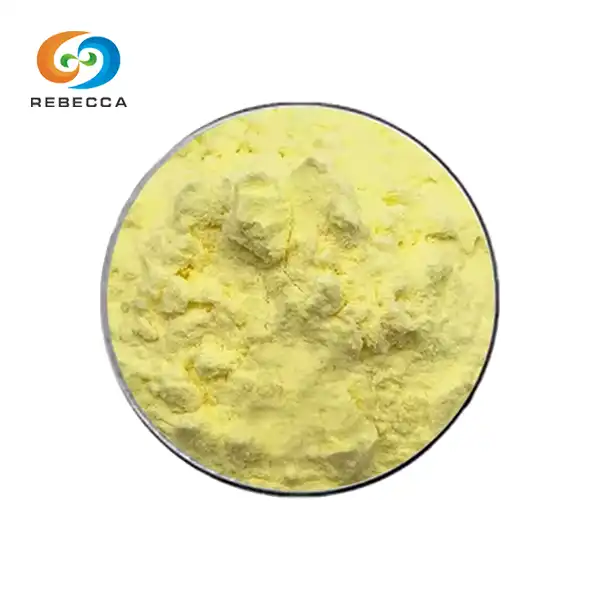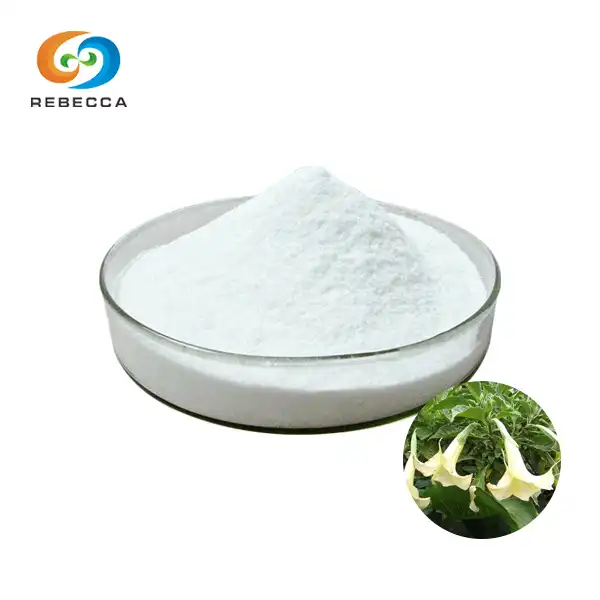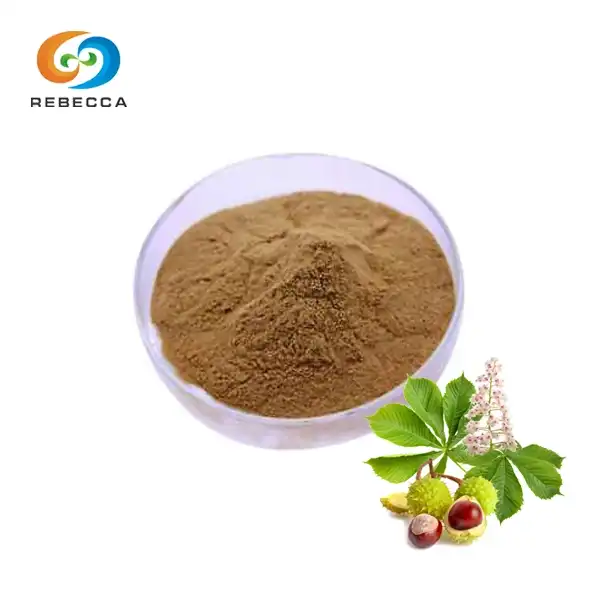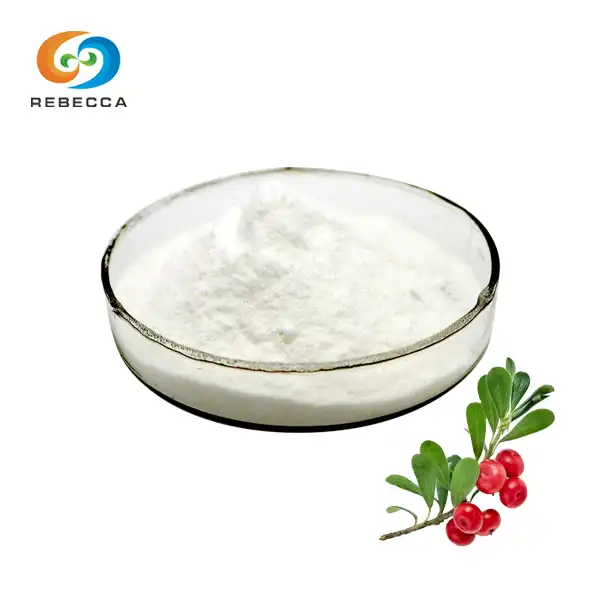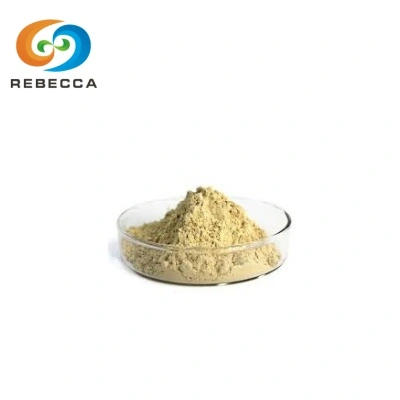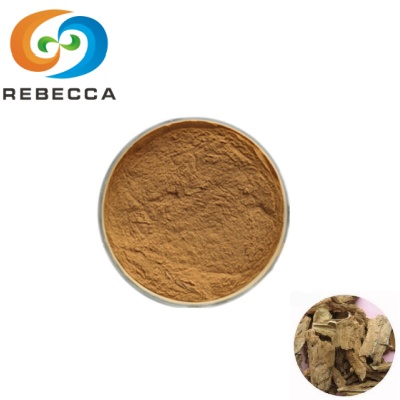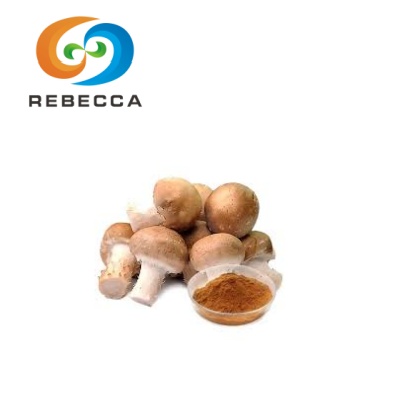Does wild blueberry extract contain pterostilbene?
Wild blueberries have gained significant attention in the health and wellness community, not just for their delicious taste but also for their remarkable nutritional profile. Among the many bioactive compounds found in these small, powerful fruits, pterostilbene extract stands out as one of the most intriguing. This naturally occurring stilbene compound has captured the interest of researchers worldwide due to its potent antioxidant properties and potential health benefits. For those seeking to understand whether wild blueberry extract truly contains pterostilbene, the answer is both fascinating and scientifically compelling.
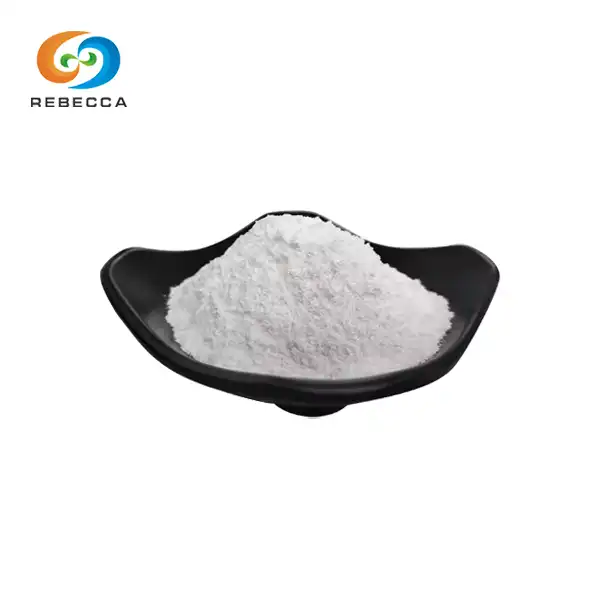
Product Name: Pterostilbene extract, Pterostilbene Powder
CAS No.: 537-42-8
Specification: Pterostilbene , Min 99%, HPLC.
Test Method: HPLC
Latin Name:Vaccinium uliginosum L.
Confirmation of Pterostilbene in Wild Blueberries
Scientific research has definitively established that wild blueberry extract contains pterostilbene powder, with multiple analytical studies confirming its presence across various Vaccinium species. The compound was first identified in blueberries through advanced chromatographic techniques, including high-performance liquid chromatography (HPLC) and gas chromatography-mass spectrometry (GC-MS). These sophisticated analytical methods have allowed researchers to not only detect pterostilbene but also accurately quantify its concentration in different blueberry varieties and preparations.
The chemical structure of pterostilbene, scientifically known as trans-3,5-dimethoxy-4-hydroxystilbene, makes it particularly well-suited for extraction from wild blueberry sources. This stilbene compound belongs to the same family as resveratrol, but with enhanced bioavailability and stability characteristics. When processing wild blueberries into concentrated extracts, pterostilbene is typically retained and can even become concentrated depending on the extraction methodology employed. Modern extraction techniques have been specifically optimized to preserve and concentrate beneficial compounds like pterostilbene, ensuring that wild blueberry extracts maintain their therapeutic potential.
Laboratory analyses have consistently demonstrated that pterostilbene exists naturally in wild blueberry tissues, particularly in the fruit skin and pulp where anthocyanins and other phenolic compounds are most concentrated. The compound serves multiple biological functions within the plant, acting as both an antimicrobial agent and an antioxidant that protects cellular structures from oxidative stress. This natural occurrence in wild blueberries makes pterostilbene extract a valuable source of this bioactive compound, offering consumers access to nature's own pharmaceutical chemistry.
Independent research studies from multiple institutions have verified these findings, creating a robust scientific foundation for understanding pterostilbene's presence in wild blueberry extract. The consistency of these results across different research groups, analytical methods, and blueberry sources provides strong evidence that pterostilbene is indeed a reliable component of wild blueberry extract preparations.
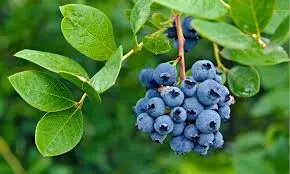
Factors Influencing Pterostilbene Content in Wild Blueberries
The concentration of pterostilbene in wild blueberry extract can vary significantly based on numerous environmental, genetic, and processing factors. Understanding these variables is crucial for both producers and consumers who seek to maximize the therapeutic benefits of pterostilbene extract. Environmental conditions play a particularly important role, with factors such as soil composition, climate patterns, and growing elevation all contributing to the final pterostilbene content in the harvested berries.
Geographic location has emerged as one of the most significant factors affecting pterostilbene levels in wild blueberries. Berries grown in regions with specific soil minerals, temperature fluctuations, and sunlight exposure tend to produce higher concentrations of defensive compounds like pterostilbene. Northern climates, where wild blueberries naturally thrive, often yield fruits with enhanced pterostilbene content due to the environmental stressors that stimulate the production of protective phytochemicals. This natural adaptation mechanism ensures that wild blueberries grown in challenging conditions develop robust chemical defense systems.
The timing of harvest significantly impacts pterostilbene concentrations in wild blueberry extract. Berries harvested at optimal ripeness typically contain peak levels of pterostilbene, while both under-ripe and over-ripe fruits may show reduced concentrations. Seasonal variations also play a role, with some studies indicating that berries harvested during specific weather patterns or after particular environmental stresses may exhibit elevated pterostilbene levels. This variability underscores the importance of careful harvesting protocols and quality control measures in commercial pterostilbene extract production.
Processing methods and extraction techniques represent another critical factor in determining the final pterostilbene content of wild blueberry extract products. Traditional extraction methods using organic solvents can either preserve or degrade pterostilbene depending on temperature, pH, and processing time. Modern extraction technologies, including supercritical fluid extraction and enzymatic treatment, have been developed to maximize pterostilbene recovery while minimizing degradation. The choice of extraction method, along with subsequent purification and concentration steps, ultimately determines the quality and potency of the final pterostilbene extract product.
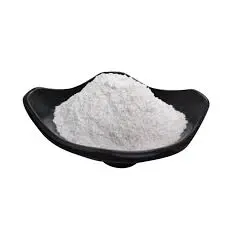
Research Support and Quantitative Data
Extensive scientific research has provided compelling quantitative data regarding pterostilbene content in wild blueberry extract, establishing clear benchmarks for quality assessment and therapeutic applications. Multiple peer-reviewed studies have documented pterostilbene concentrations ranging from 99 nanograms to 520 nanograms per gram of fresh blueberries, with concentrated extracts showing significantly higher levels depending on the concentration ratio employed during processing. These measurements provide crucial baseline data for understanding the therapeutic potential of wild blueberry-derived pterostilbene extract.
Recent analytical studies have revealed that pterostilbene concentrations in wild blueberries typically range from 9.9 to 15.1 milligrams per kilogram of fresh fruit weight. However, when processed into concentrated extracts, these levels can be increased substantially, sometimes reaching concentrations of 99% purity or higher in specialized pterostilbene extract preparations. This concentration process allows for standardized dosing and enhanced bioavailability, making therapeutic applications more practical and predictable.
Clinical research has begun to establish effective dosage ranges for pterostilbene extract derived from wild blueberries, with studies investigating doses ranging from 50 milligrams to 250 milligrams daily. These clinical trials have provided valuable insights into the bioavailability and metabolism of pterostilbene when consumed as part of wild blueberry extract formulations. The research indicates that pterostilbene from natural sources like wild blueberries may offer superior absorption compared to synthetic alternatives, potentially due to the presence of complementary compounds that enhance bioavailability.
Comparative studies have also examined pterostilbene content across different berry sources, consistently showing that wild blueberries rank among the highest natural sources of this valuable compound. When compared to cultivated blueberries, wild varieties often demonstrate 2-3 times higher pterostilbene concentrations, making wild blueberry extract a preferred source for commercial pterostilbene extract production. These findings have important implications for the supplement industry and for consumers seeking the most potent natural sources of pterostilbene.
Rebecca: Pterostilbene Extract For Sale
As a leading supplier of high-quality pterostilbene extract, Rebecca Bio-Tech specializes in providing premium-grade compounds derived from carefully selected wild blueberry sources. Our pterostilbene powder meets the highest industry standards with a minimum purity of 99% as verified by HPLC analysis, ensuring consistent potency and reliability for research and commercial applications.
Our extraction process utilizes advanced techniques specifically designed to preserve the natural integrity of pterostilbene while achieving exceptional concentration levels. Working with Vaccinium uliginosum L. as our primary source, we maintain strict quality control protocols throughout the entire production process, from raw material selection to final product testing. Each batch undergoes comprehensive analytical testing using validated HPLC methods to guarantee purity and potency specifications.
Whether you are developing dietary supplements, conducting research, or formulating functional foods, our pterostilbene powder provides the reliable quality and consistent performance your applications demand. We understand the critical importance of working with trusted suppliers who can deliver both technical expertise and regulatory compliance in today's competitive marketplace.
For detailed product specifications, analytical certificates, or to discuss your specific requirements, we invite you to contact our technical team at information@sxrebecca.com.
References
1. McCormack, D., & McFadden, D. (2013). A review of pterostilbene antioxidant activity and disease modification. Oxidative Medicine and Cellular Longevity, 2013, 575482.
2. Xie, L., et al. (2022). New insights into dietary pterostilbene: Sources, metabolism, and health promotion effects. Nutrients, 14(19), 3992.
3. Rimando, A. M., et al. (2004). Resveratrol, pterostilbene, and piceatannol in Vaccinium berries. Journal of Agricultural and Food Chemistry, 52(15), 4713-4719.
4. Paul, B., et al. (2010). Dietary intake of pterostilbene, a constituent of blueberries, inhibits the β-catenin/p65 downstream signaling pathway and colon carcinogenesis in rats. Carcinogenesis, 31(7), 1272-1278.
